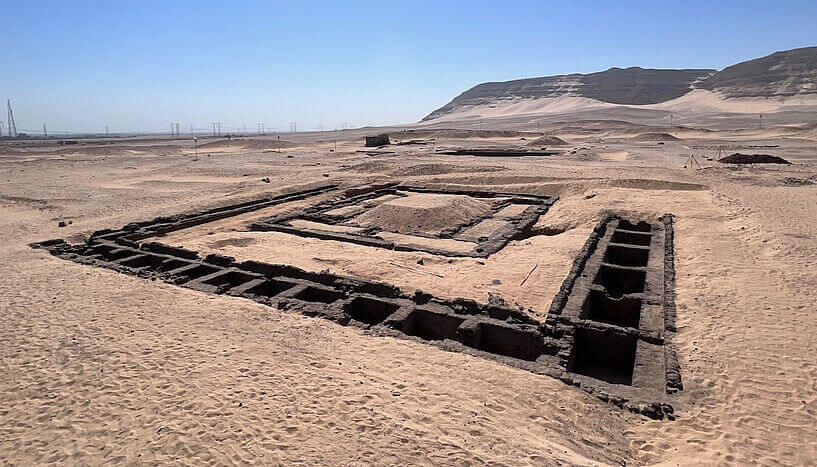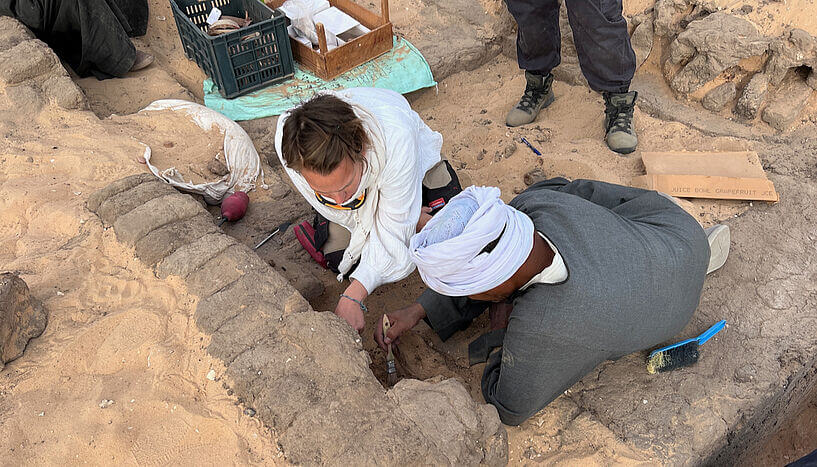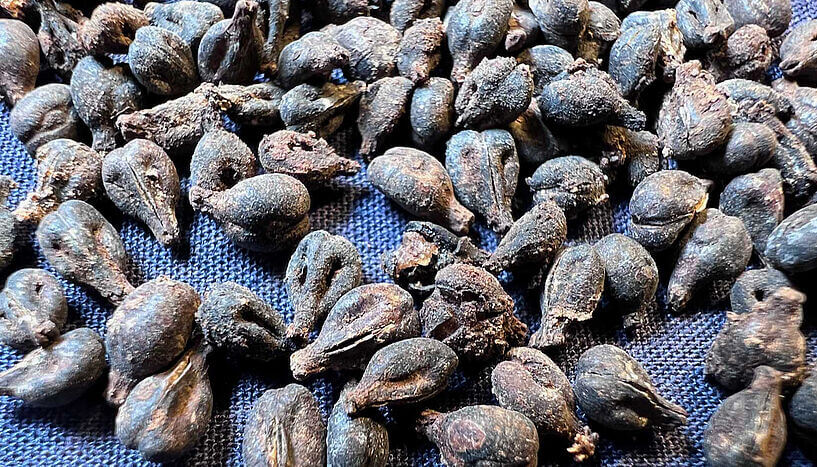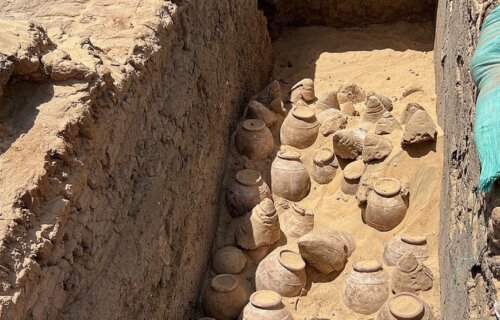ABYDOS, Egypt — This gives a whole new meaning to “aging like fine wine.” Archaeologists from Germany and Austria have discovered a treasure trove of wine in the tomb of Egypt’s first female pharaoh.
The team, led by Christiana Köhler from the University of Vienna, was conducting an excavation of Queen Meret-Neith’s tomb when they found hundreds of large wine jars. Remarkably, some of these jars were in pristine condition, even preserving remnants of 5,000-year-old wine within them. Inscriptions discovered within the tomb further indicate Queen Meret-Neith’s significant influence, revealing her control over pivotal government sectors, including the treasury.

Meret-Neith, a key figure around 3,000 BC, stands out not only as the most influential woman of her time but also as the sole woman to have her own monumental tomb in Egypt’s first royal cemetery at Abydos. The team’s new findings have reignited discussions about her unique place in history, as her true identity remains shrouded in mystery. It also hints at the possibility of Meret-Neith being the first female pharaoh of ancient Egypt.

The expansive tomb complex of Meret-Neith in the Abydos desert is not limited to her burial chamber. It also encompasses the tombs of 41 courtiers and servants. Made primarily from unbaked mud bricks, clay, and wood, the intricate structure showcases multiple construction phases spanning a relatively extended period. Such evidence challenges earlier beliefs of human sacrifices accompanying royal burials during the 1st Dynasty – a concept frequently assumed but never definitively proven.

Köhler’s team is the result of a collaboration among multiple institutions, including the Egyptian Ministry of Tourism and Antiquities, the German Archaeological Institute in Cairo, the University of Vienna, the Vienna University of Technology in Austria, and Lund University in Sweden. Their work has been made possible through the support of the Austrian Science Fund (FWF) and the German Research Foundation (DFG).
You might also be interested in:
- 10 crocodile mummies from ancient Egypt are rewriting what we know about mummifying animals
- Egyptian mummy mystery: Body inside much older than museum’s ancient sarcophagus
- Cheers! High-tech study of underwater jars reveals secrets of Roman winemaking

